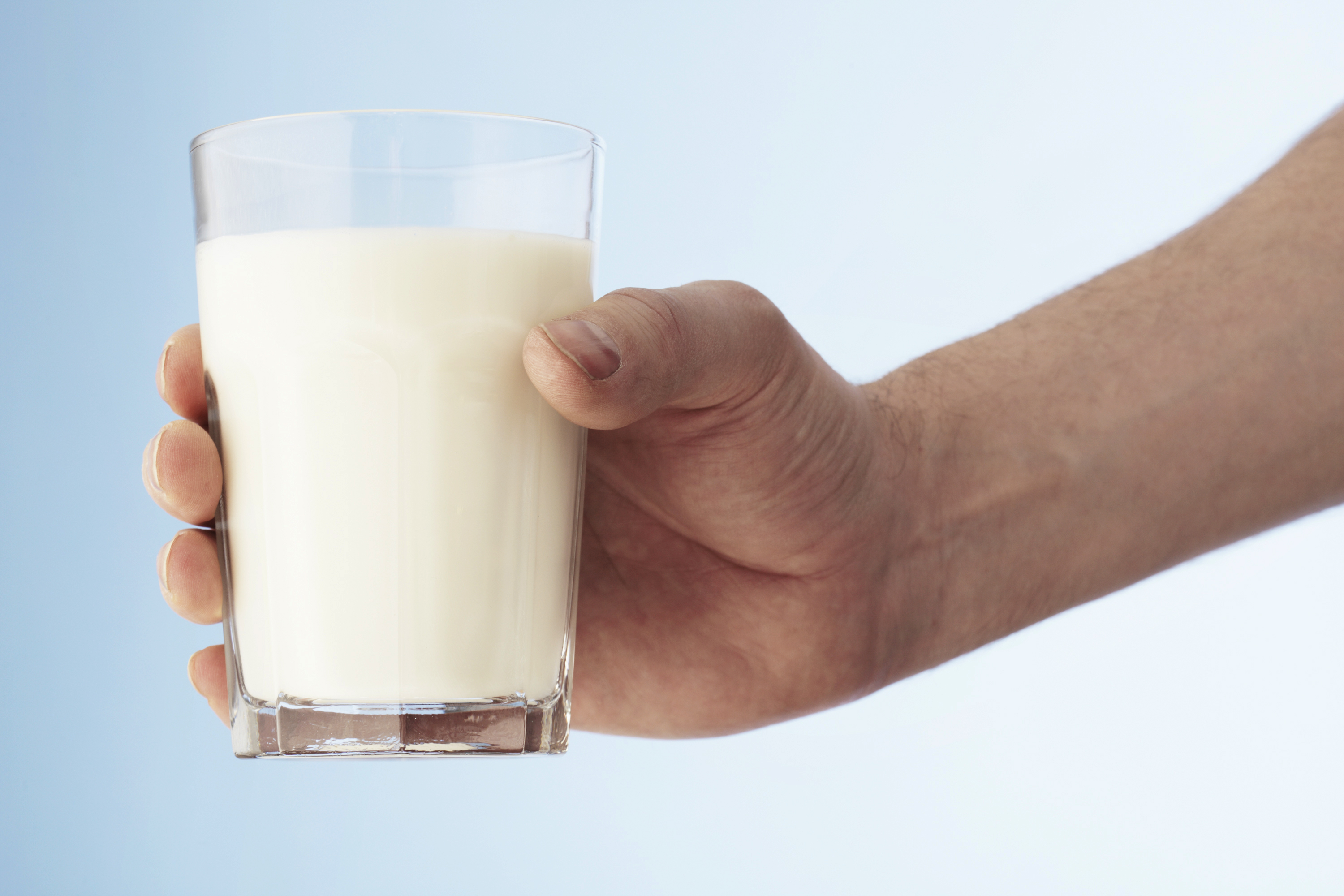Avoid liver injury and drink milk with your Christmas schnapps
Collaboration between Danish, Japanese and American researchers has shown that the milk protein osteopontin can slow down the development of liver injury caused by alcohol abuse.


Christmas parties – accompanied by Christmas ale and schnapps – can lead to a severe headache the following day. No matter how bad the discomfort, however, it does not take long to recover. The injury caused to the liver following years of alcohol abuse is much more serious.
In a recent study published in the journal Hepatology, researchers at Aarhus University – in collaboration with colleagues at the Saitama Medical School (Japan) and the Mount Sinai School of Medicine (New York) – showed that the protein osteopontin can counteract liver injury caused by alcohol abuse.
Osteopontin naturally occurs in many parts of the body, but is present in particularly high concentrations in milk. Osteopontin has a stimulating effect on the immune system, and it is therefore extracted by the dairy industry for use in products such as infant formulae.
“In a previous study, we fed mice with a high alcohol diet, supplemented with osteopontin corresponding to the content in milk. These mice did not suffer the same liver injury as those given the same alcohol diet without the osteopontin supplement,” says Associate Professor Esben Skipper Sørensen, Coordinator of the Section for Molecular Nutrition, Aarhus University.
In the American laboratory, different strains of mice were subsequently bred. These were ‘knock-out’ mice – which could not produce osteopontin – and ‘transgene’ strains – which were able to produce extra amounts of osteopontin in their liver cells.
“When these mice were put on an alcohol diet, we could clearly see that the mice that expressed osteopontin in their liver cells had much less accumulation of fat in the liver than mice that didn’t produce osteopontin,” says Associate Professor Sørensen.
“The mechanism behind this is difficult to comment on, but we’ve carried out experiments showing that osteopontin from milk can bind to certain inflammatory substances that are present in the liver injured by alcohol. In this way, osteopontin could possibly inhibit the inflammation and prevent liver injury,” concludes Associate Professor Sørensen.
Millions of people all over the world suffer from liver injury caused by alcohol abuse. In future, a simple treatment or alleviation of this injury could possibly be developed on the basis of the results using milk protein.
Link to the scientific article in Hepatology.
Link to the research highlight article in Nature Reviews Gastroenterology & Hepatology about the researchers’ results mentioned above.
Link to a related article by the same research team in American Journal of Physiology – Gastrointestinal and Liver Physiology.
For more information, please contact
Associate Professor Esben Skipper Sørensen
Department of Molecular Biology and Genetics
Aarhus University
ess@mb.au.dk – mobile: +45 2027 0979
